A time-tested approach to having more fun with your powersports equipment is to add horsepower and torque while cutting weight. But how do you do that while also maintaining excellent range and reducing environmental impact?
Forced Induction
At the heart of most powersports equipment is an internal combustion engine. Much like the automotive industry, powersports original equipment manufacturers (OEMs) strive to increase power without sacrificing efficiency or increasing emissions.
Turbochargers have emerged as an effective way for OEMs to provide the hang-on-for-dear-life power that enthusiasts want, while continuing to adhere to government regulations. They’re taking a page out of the automakers’ playbook, who have been using turbos for years to boost both power and fuel efficiency
Turbochargers provide more efficient power and performance.
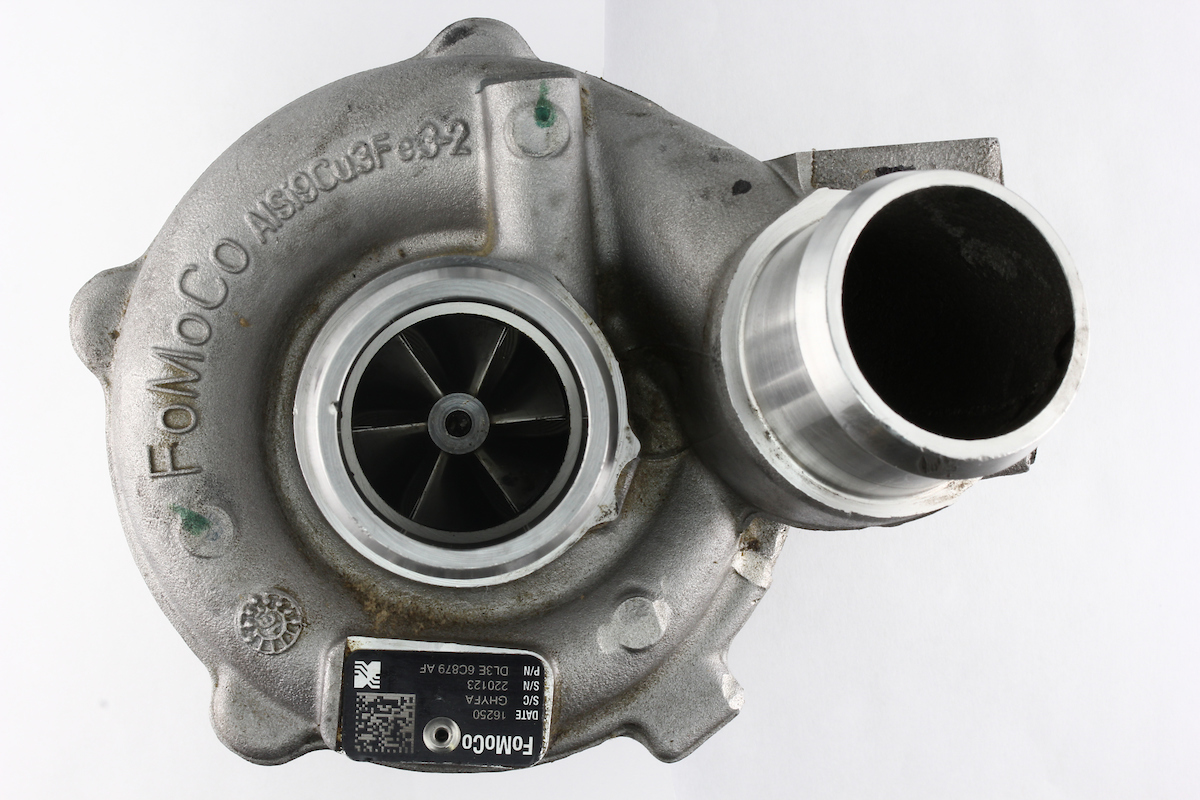
Some Examples
The Arctic Cat* ZR 9000 Thundercat* relies on a turbocharged 998-cc four-stroke engine to make more than 200 hp, making it the fastest production snowmobile on the market.
In the two-stroke realm, the Ski-Doo* Summit X Turbo* 154 puts down 180 hp at up to 8,000 feet elevation. The turbo makes up for power loss due to decreased oxygen when riding at high mountain elevations.
On four wheels, we have the Can-Am* Maverick* X3 DS Turbo RR, which produces 18 pounds of boost to help propel it to 60 mph in 4.3 seconds, peaking at 195 hp.
These are impressive stats that OEMs couldn’t achieve as efficiently without a turbocharger, and substantial gains for a device that’s essentially an air pump.
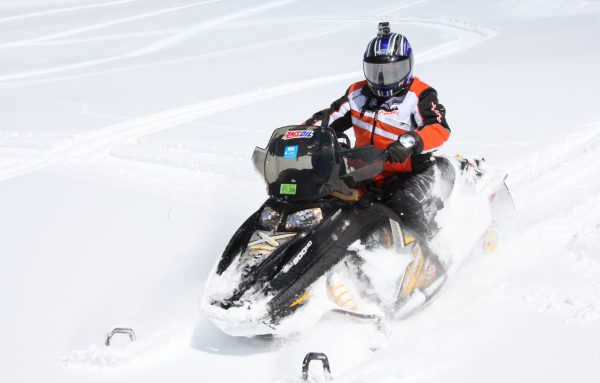
How Turbos Work
A Turbocharger uses exhaust gases to spin a turbine that drives a compressor which forces air into the combustion chamber. When you add more air, you can add more fuel, which creates more power, particularly for smaller displacement engines.
As with automotive turbocharging, the technology has drawbacks. Turbos increase heat, which oxidizes oil and causes it to break down sooner. Oil that has oxidized gets thicker, making it harder to circulate, and impairs its ability to protect against wear and deposits.
The turbo bearings can also be sensitive to deposits if the oil isn’t up to the challenge. Hitting the throttle as you ascend each sand dune or hill on a scorching summer day, then backing off as you descend or approach corners in the trail, creates severe heat cycles that invite deposits, known as turbo coking. Shutting down a hot engine and letting the hot oil bake onto the bearings has the same effect.
Heavy turbo deposits reduce performance and life, potentially leading to money wasted on repairs. In addition, turbos can spin up to 200,000 rpm, which creates tremendous friction and additional heat. Again, it’s up to the oil to cool and lubricate the turbo bearings and shaft to ensure your expensive machine is protected.
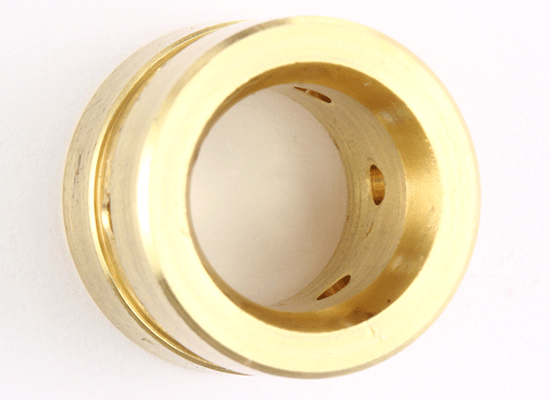
Beat the Heat
AMSOIL products are formulated for the worst-case scenario, such as a195-hp UTV flying down a trail, through the mud and over the hills on a hot summer day. In fact, those were the conditions to which we subjected a 2021 Can-Am Maverick X3 DS Turbo RR before testing it in our mechanical lab.
We wanted to gather real-world data on severity so we could push the UTV even harder in our lab testing. During our pre-test shakedown, oil temperature maxed out at 212°F (100°C). In our lab test, however, oil temp reached 244°F (118°C), showing the test’s severity.
While we looked at engine and transmission protection overall, one area on which we focused was turbo protection. How did AMSOIL Formula 4-Stroke Powersports Synthetic Motor Oil perform? As the image of the turbo bearing shows above, flawlessly. Check out the full results and watch a short video about the test below.
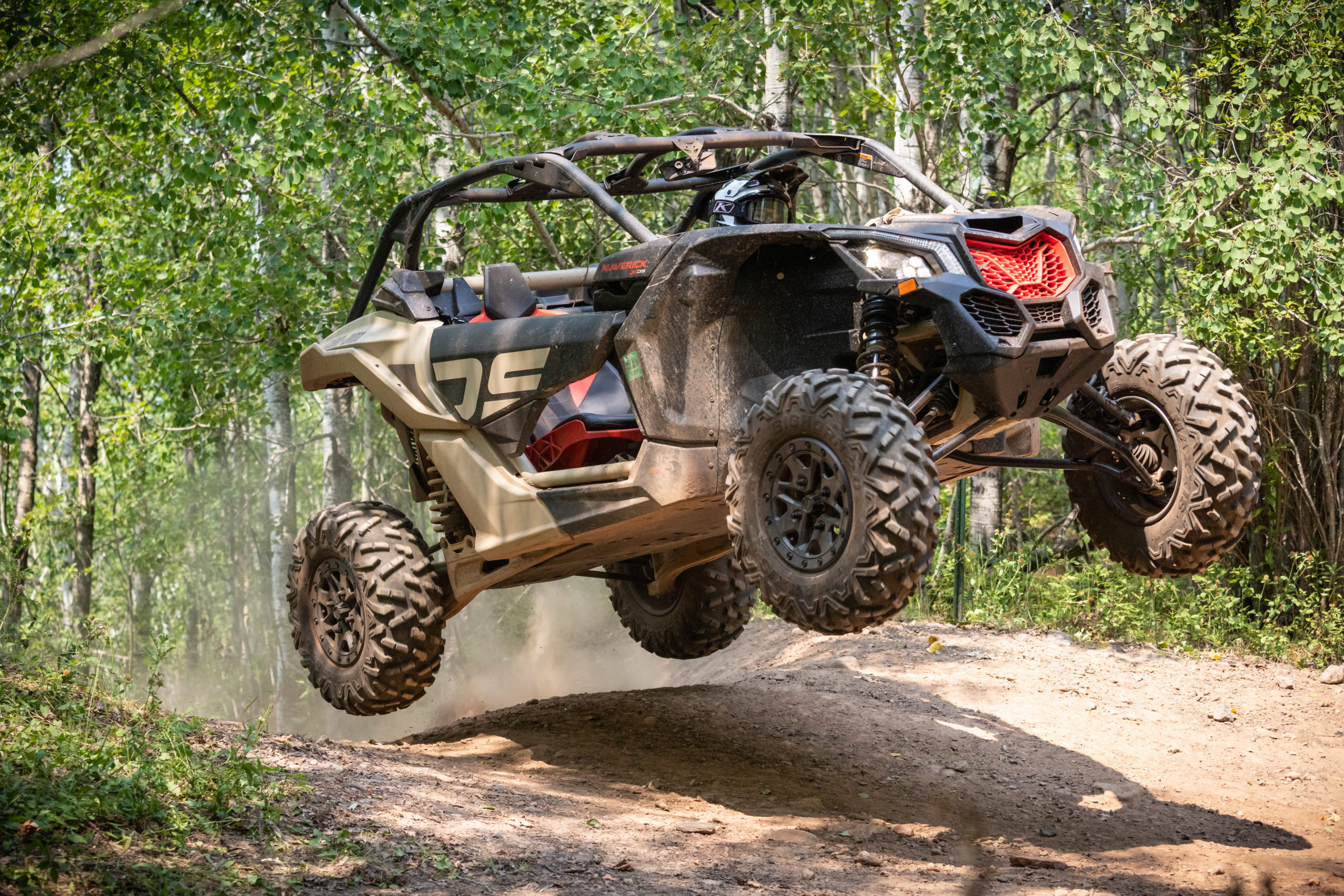

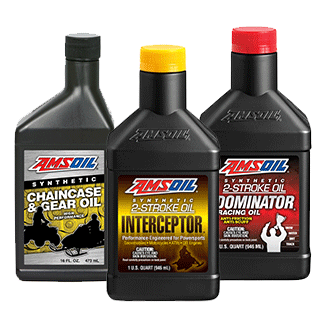
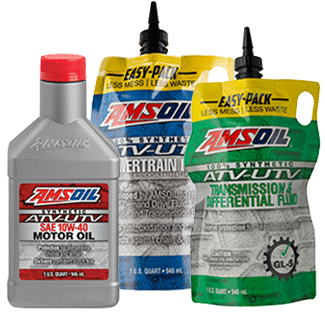
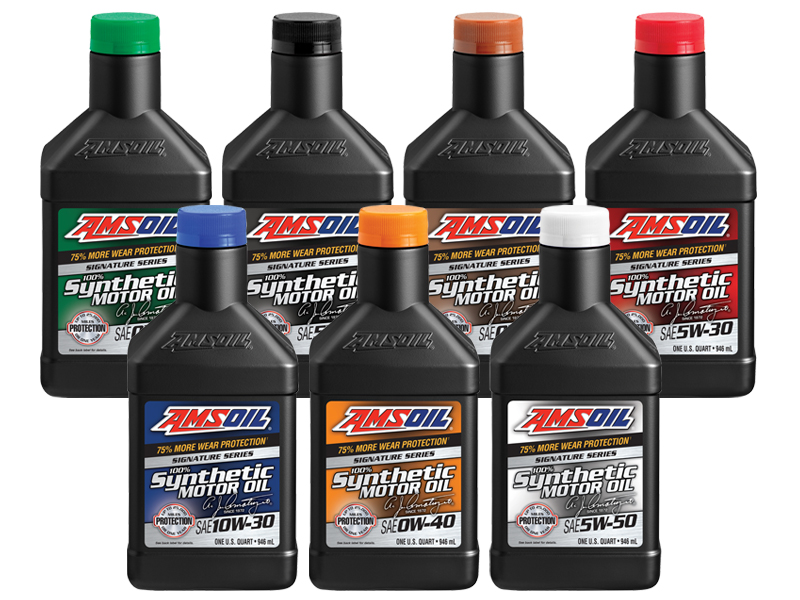

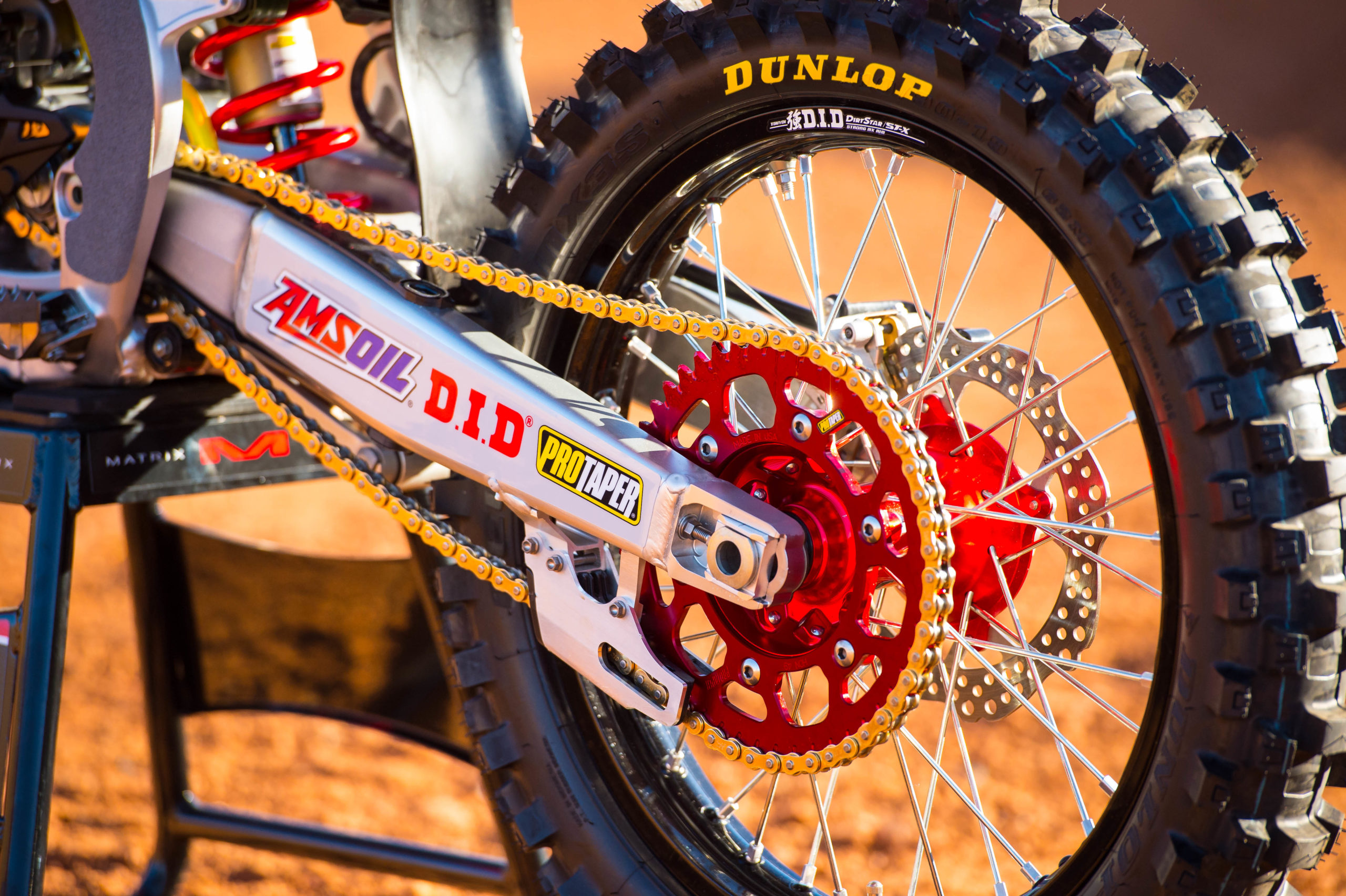
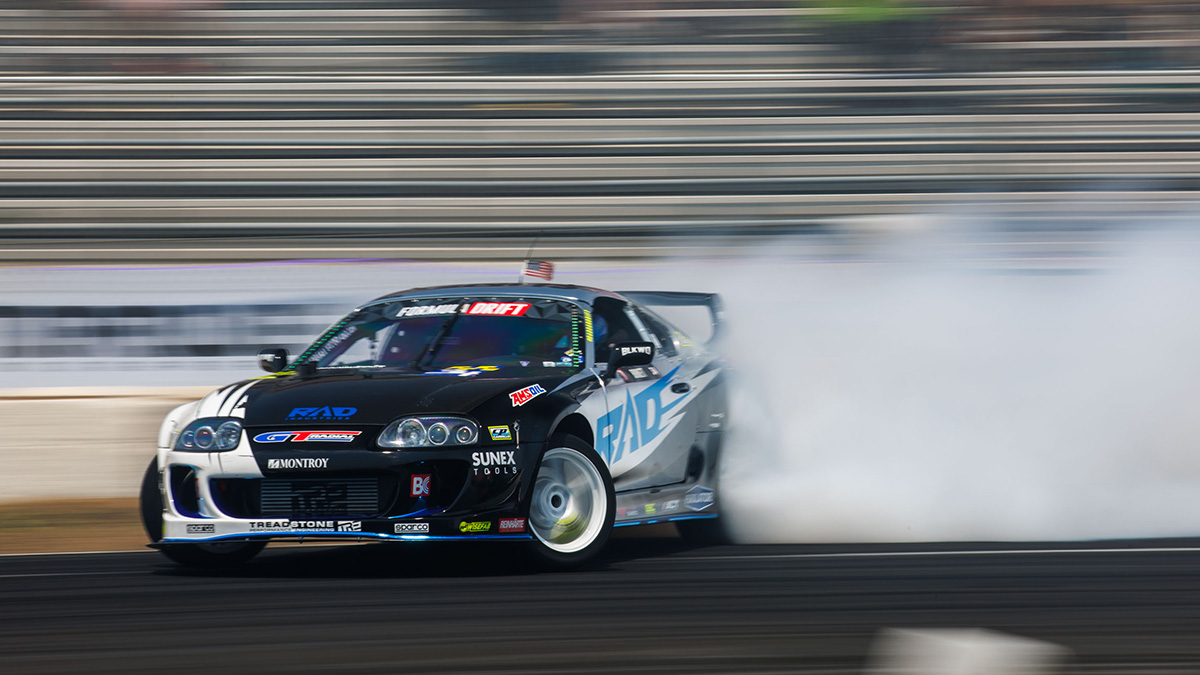
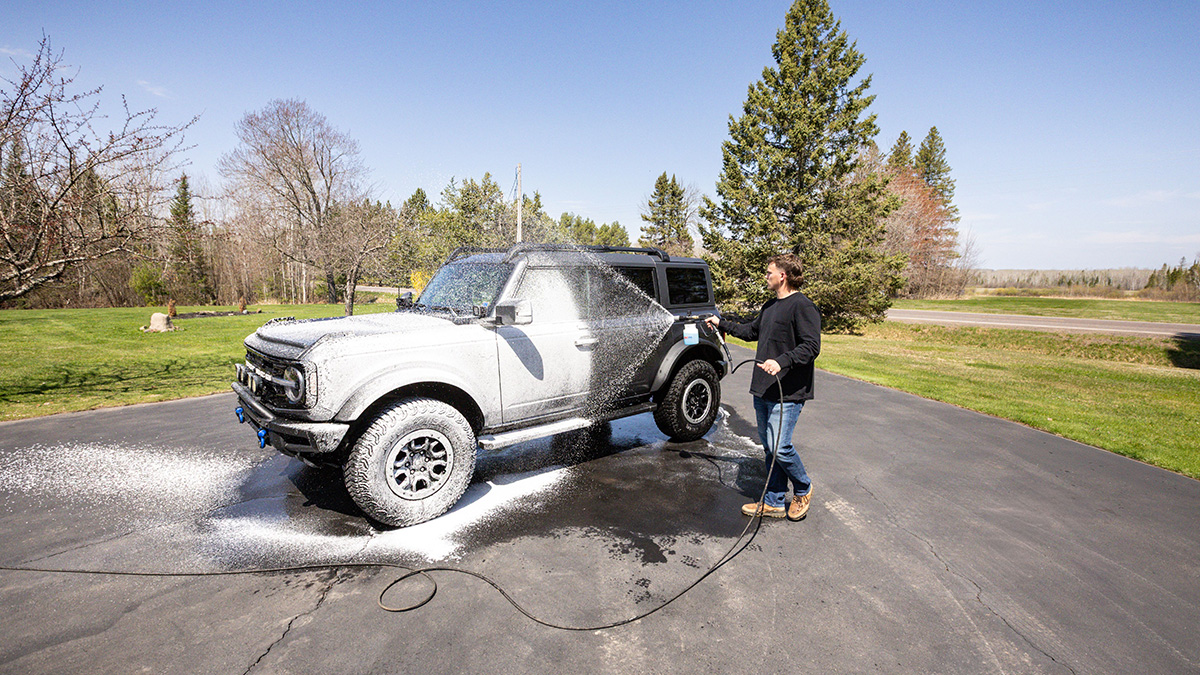
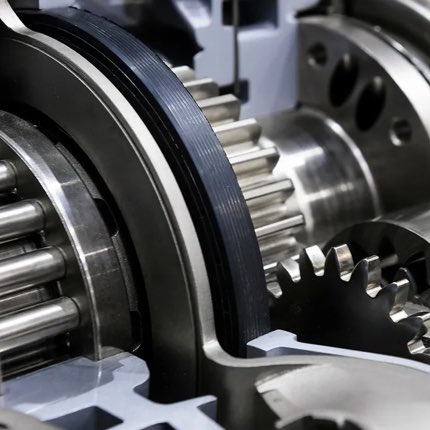
Comments
AMSOIL Senior Product Development Engineer-Powersports
Share: